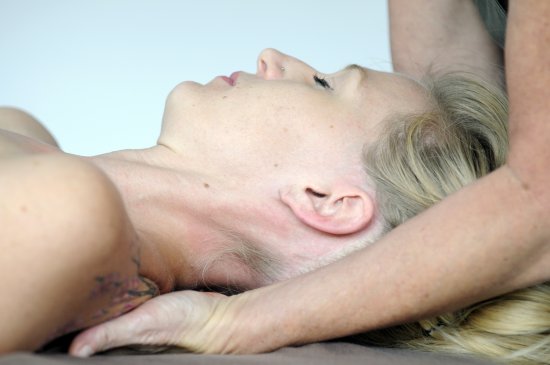Massage and Bodywork Techniques

Relaxation or Swedish Massage
Some people prefer a light to medium pressure used during a Swedish Massage. Strokes such as effleurage (long, flowing or gliding strokes) kneading and friction have a calming effect when performed slowly. These techniques have been shown to increase relaxation and to be helpful in reducing pain and joint stiffness.
Experts estimate that upwards of ninety percent of disease is stress-related. And perhaps nothing ages us faster, internally and externally, than high stress. Massage is an effective tool for managing this stress.
Therapeutic Massage
The process of applying various massage techniques to the muscles, tendons, ligaments, and fascia (a form of connective tissue) for the purpose of creating relaxation, increasing blood and lymph flow and for the relief of muscular pain, stiffness and tension.
During a deeper tissue massage a therapist will start superficially and gently ease into the muscles slowly using a combination of their hands, knuckles, forearms and elbows.
 |
 |
These techniques are generally used for more focused massage work and are designed to reduce spasms and tension in specific muscles and joints. If the pressure is applied too deeply or too quickly, your muscles may tighten to protect that area, and unnecessary soreness can occur.
A session should never be composed entirely of deep work because it can overwhelm the client's system, causing nausea, headaches, soreness, and exhaustion. Deep Massage Therapy should be combined with other techniques.
What to expect during your Swedish or Therapeutic Massage.Myofascial Release (MFR)
In October of 2010 my continued interest in different types of bodywork and a desire to help clients eventually led me to the John Barnes theory, practice and application of 'Myofascial Release Techniques'. Through my own experience with this type of bodywork I realized and felt the value of this approach. The results were more effective and initiated longer lasting change in my body and whole person.
This bodywork therapy is a safe and effective technique that involves applying gentle sustained pressure into the Myofascial connective tissue restrictions to eliminate pain and restore motion.
Classes and training include Myofascial Release I and II, Myofascial Mobilization, Fascial-Pelvis Release, Cervical-Thoracic Release, Myofascial Rebounding, Myofascial Unwinding and Advanced Unwinding.
|
What to expect during your Myofascial Release Therapy Session Learn more at my page link... |
 |
Myofascial Trigger Point Therapy
The term "trigger point" was coined in 1942 by Dr. Janet Travell to describe a clinical finding with the following characteristics:
- Pain related to a discrete, irritable point in skeletal muscle or fascia, not caused by acute local trauma, inflammation, degeneration or infection.
- The painful point can be felt as a nodule or band in the muscle, and a twitch response can be elicited on stimulation of the trigger point.
- Palpation of the trigger point reproduces the patient's complaint of pain, and the pain radiates in a distribution typical of the specific muscle harboring the trigger point.
- The pain cannot be explained by findings on neurological examination.
|
Direct pressure applied directly upon the trigger point can
deactivate a trigger point. If trigger points are pressed too short a
time, they may
activate or remain active; if pressed too long or hard, they may be
irritated or the muscle may be bruised, resulting in pain in the area
treated. |
 |
This bruising may last for a 1–3 days after treatment, and may feel like, but is not similar to, delayed onset muscle soreness (DOMS), the pain felt days after overexerting muscles.
 |
Manual Lymphatic Drainage (MLD) is a type of gentle massage which is intended to encourage the natural drainage of the lymph from the tissues space body. Manual lymph drainage uses a specific amount of pressure (less than 9 ounces per square inch) and rhythmic circular movements to stimulate lymph flow. |
The lymph system depends on intrinsic contractions of the smooth muscle cells in the walls of lymph vessels (peristalsis) and the movement of skeletal muscles to propel lymph through the vessels to lymph nodes and then beyond the lymph nodes to the lymph ducts which return lymph to the cardiovascular system.
To learn more ...
Looking for a particular page?
